Chapter 27
Bad Design—Our Teeth, or, Why Is This Animal Smiling?
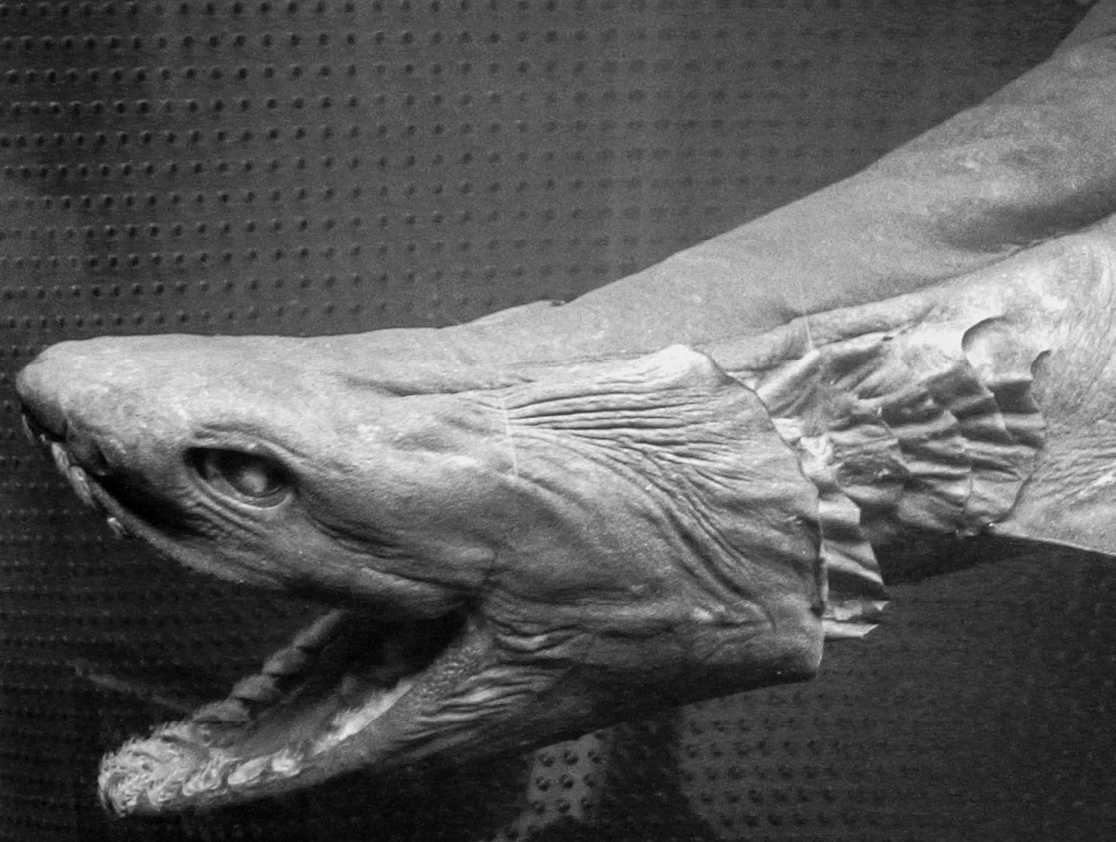
Figure 27.1 Q: Why is this shark smiling?
A: Because it doesn’t have to go to the dentist.
Teeth
Getting back to bad design, think about our teeth. We humans only get two sets of teeth in our entire lifetimes. First we get our baby teeth, which drop out during childhood. Then we get our adult teeth. We try to keep them for the rest of our lives, because if they rot out, we have no more teeth. By age 70, we’ve spent 91 percent of our chewing careers with our adult teeth—if we manage to keep them that long.
Here’s the problem: teeth come into constant contact with food. Unfortunately, food for us is also food for the bacteria in our mouths, which can infect our teeth and gums. As a result, tooth and gum infections are pretty common. In animals that have the same set of teeth for their entire adult lives, it’s pretty easy and common for long-term dental problems to set in, which can easily lead to dangerous infections. Even in animals such as dogs or cats, which only live for a decade or two, serious and even potentially fatal tooth and gum infections are fairly common.
Basically, there are bacteria that stick to the surfaces of your teeth. They form a sticky matrix that traps food particles, which creates plaque deposits. These both feed and protect bacteria. The bacteria living in the plaque deposits create acids that erode your teeth. This produces cavities. If bacteria erode their way all the way to the centers of your teeth where the soft pulp is, then the pulp gets infected. This is called pulpitis. The only way to fix this is to get a root canal. Otherwise, you get an infection in your jaw. Back on the surface, bacteria can also attack the connection between your teeth and gums. This causes your gums to recede, and then the bacteria can attack lower down on your teeth. This can eventually cause your teeth to fall out. What’s more, anytime you have an infected tooth or gum, or a hole from a cavity, it’s a highway for bacteria to enter your body and attack the bone of your jaw, your brain, your heart, and elsewhere. This can lead to death. Dental problems are very nasty when not dealt with by modern dentistry.
Having a structure that invites painful and deadly infections is bad design.
Humans have the potential to live for many decades, but dental problems can often cut life short in the natural environment. Having a structure that routinely ends lives decades early is bad design.
That’s why we invented dentists.
Here are some diagrams of how our teeth look when they are well, and how they look when they are infected. Keep in mind that the very act of their existing and doing the job that teeth are supposed to do puts them into contact with the bacteria that kill them, and feeds the bacteria that kill them. Having a structure that feeds the bacteria that will then attack and kill it is bad design. Having a structure that makes it easy for those well-fed bacteria to then attack the rest of the body is really bad design.
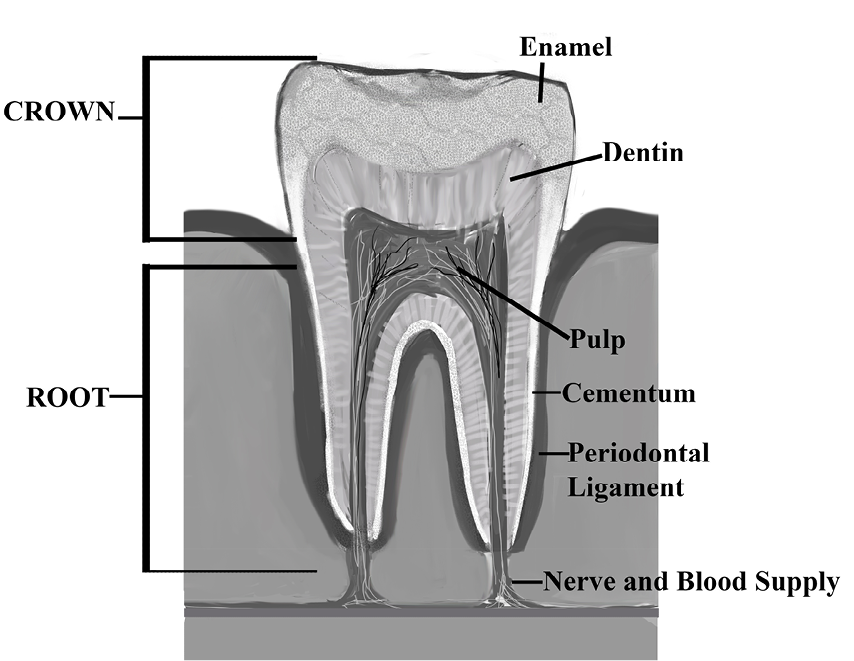
Figure 27.2 A diagram of a healthy tooth.
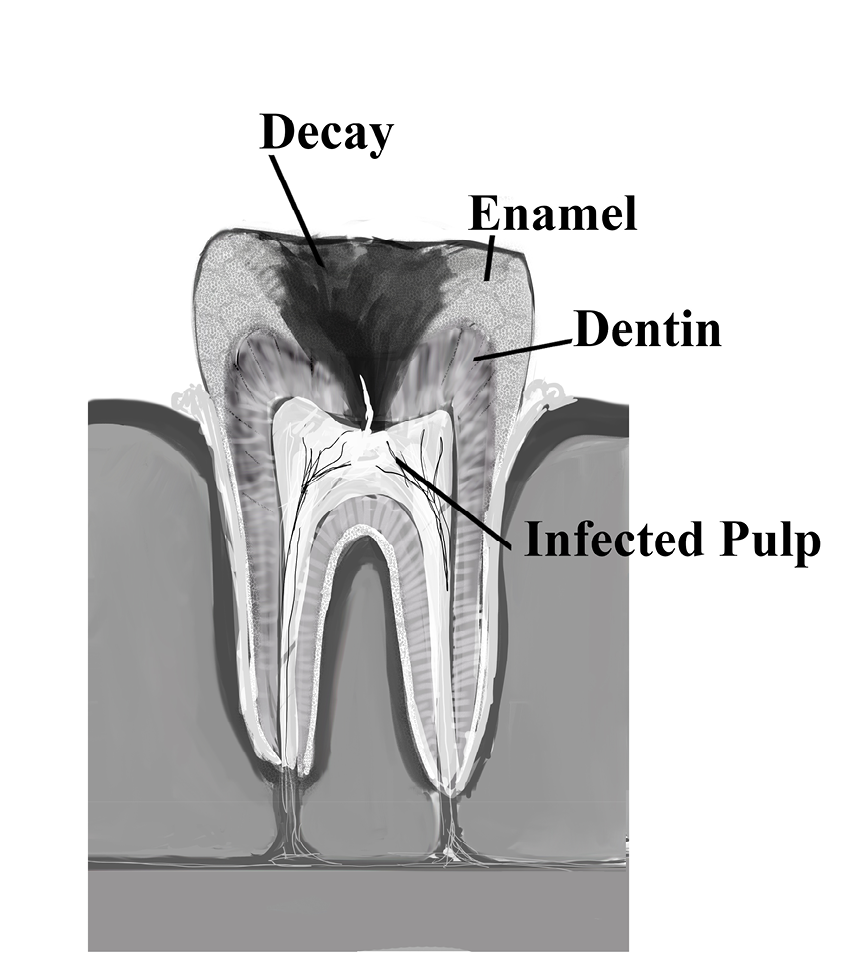
Figure 27.3 A diagram of a tooth with decay and infected pulp.
Here is a diagram of a tooth in which bacteria have gotten into the soft inner core of the tooth. Notice how this infected core leads right to your blood vessels—which lead to the rest of your body! No wonder people with bad teeth die young.
So, unfortunately, our teeth and gums get attacked by bacteria on a regular basis. In the old days, infected teeth and gums were a routine part of life—and death.
Every single infected tooth was a threat to life if the infection spread. This was before the days of antibiotics, so an infection that spread to the rest of the body could easily kill you. Infected gums often caused the face to swell tremendously. People were weakened and sickened, and frequently died. Having an important part of the body that wears out early, and invites deadly infections, is bad design.
The Pain of Tooth Extraction Without Anesthesia Was Better Than Living With Infected Teeth
Even if people lived with an infected tooth, they were in great pain. So great, in fact, that having the tooth pulled seemed like a good idea by comparison. I’ll say that again: the threat to life and the pain of infected teeth was so great that having teeth pulled was a far better idea—and this was in the days before the invention of anesthesia. So people sat in a dentist’s chair and had the tooth pulled manually with no painkillers in order to live another day. All because our teeth rot and don’t replace themselves.
This is not entirely due to a modern diet. People living in the natural environment, prior to the invention of agriculture, generally had a life expectancy of about thirty years.66 These early deaths were attributable to many causes, but infected teeth were one source of mortality. What’s more, people living in the natural environment get tooth infections and rotten teeth on a regular basis. If there are no dentists, this will shorten their lives.
In the old days, people lost many teeth in the course of a lifetime. Many lost all of them. This is why false teeth were invented. Most people from middle age onward had false teeth until fairly recently. Losing teeth is awful, and the pain of extraction is excruciating, but it was better than dying.
So, one reason that humans are able to live long lives today is because we invented dentistry—not because we are designed well.
Wouldn’t it be nice if we could just replace rotten teeth with good ones? How hard would that be? If we just grew new teeth on a regular basis, then all these dental problems would go away. Cavities wouldn’t have time to grow. Dental infections wouldn’t have time to set in and cause other damage, and we could live long, natural, healthy lives without dental bills.
Yet sharks can live for many decades. Some live more than 100 years. And they never visit the dentist. Their teeth are fine. Why? Because sharks continuously replace their teeth throughout their lives. Great white sharks replace all their teeth about every 230 days. Lemon sharks replace their teeth every eight to ten days. Those teeth don’t have time to get cavities! No root canals for these fish! No tooth extractions, no braces, no dental bills.
It seems like such a simple fix!
So, does the Creator like sharks better than people?
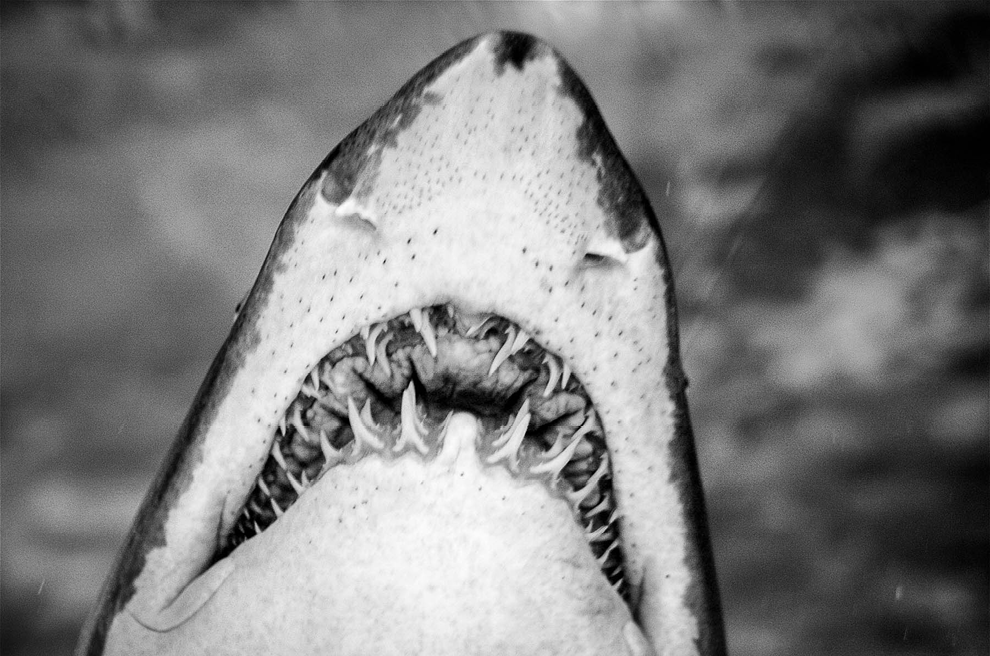
Figure 27.4 Why does this animal deserve a tooth pain-free life?
However, sharks without dental problems may be a good thing after all, since the only thing I can think of that’s scarier than a great white shark is a great white shark with a dentist’s drill.
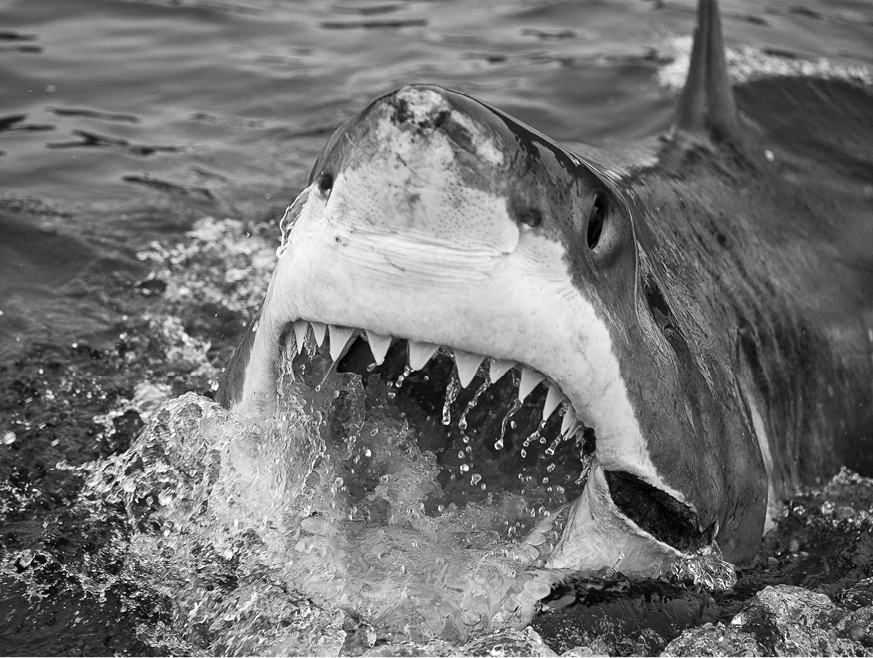
Figure 27.5 “This won’t hurt a bit.”
Actually, I can think of something scarier, and that’s a megalodon with a toothache. Megalodon (C. megalodon) were sharks that existed about 23.8 to 5.3 million years ago, back in the Miocene period.
They were probably the biggest, baddest sharks ever. They were about forty feet long or longer at their biggest, which makes them larger than any fish alive today, and twice the size of the largest great white shark. They had teeth the size of grapefruits, only much sharper.
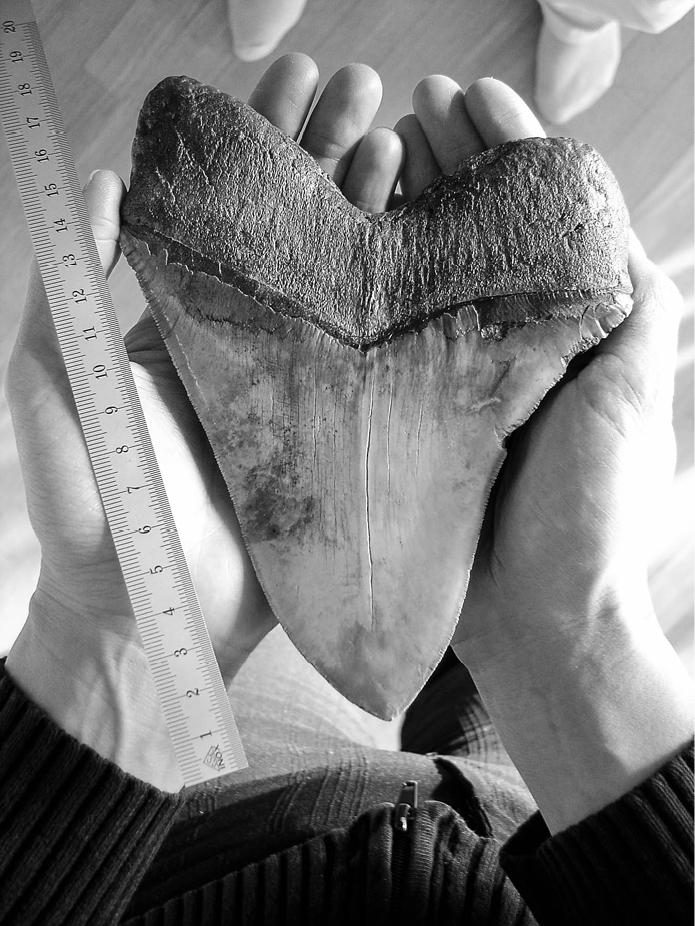
Figure 27.6 The size of a megalodon tooth is frightening.
Fortunately for them, the Creator decided to not let the deadly megalodons have toothaches, so they were spared all that pain. Too bad humans didn’t get the same deal.
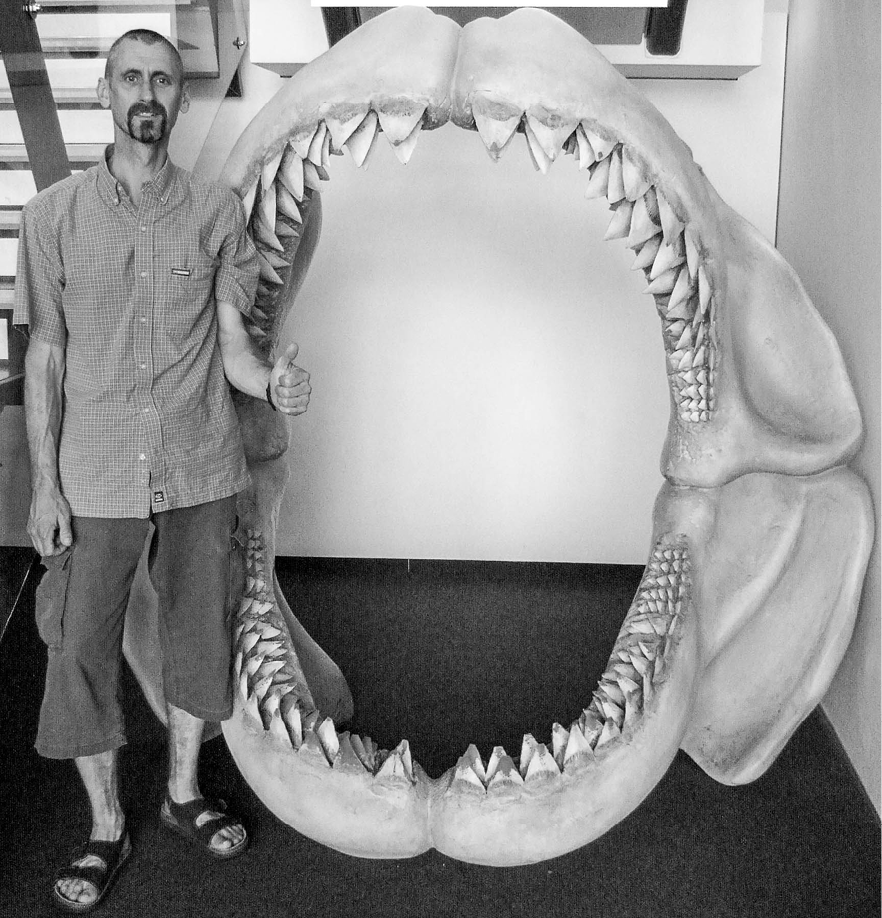
Figure 27.7 So is the size of a megalodon jaw.
So if the Creator really does like sharks better than people, what does this say about his personality?
66. Oded Galor and Omer Moav, “The Neolithic Revolution and Contemporary Variations in Life Expectancy,” Brown University Working Paper, August 28, 2007, http://www.brown.edu/Departments/Economics/Papers/2007/2007–14_paper.pdf.